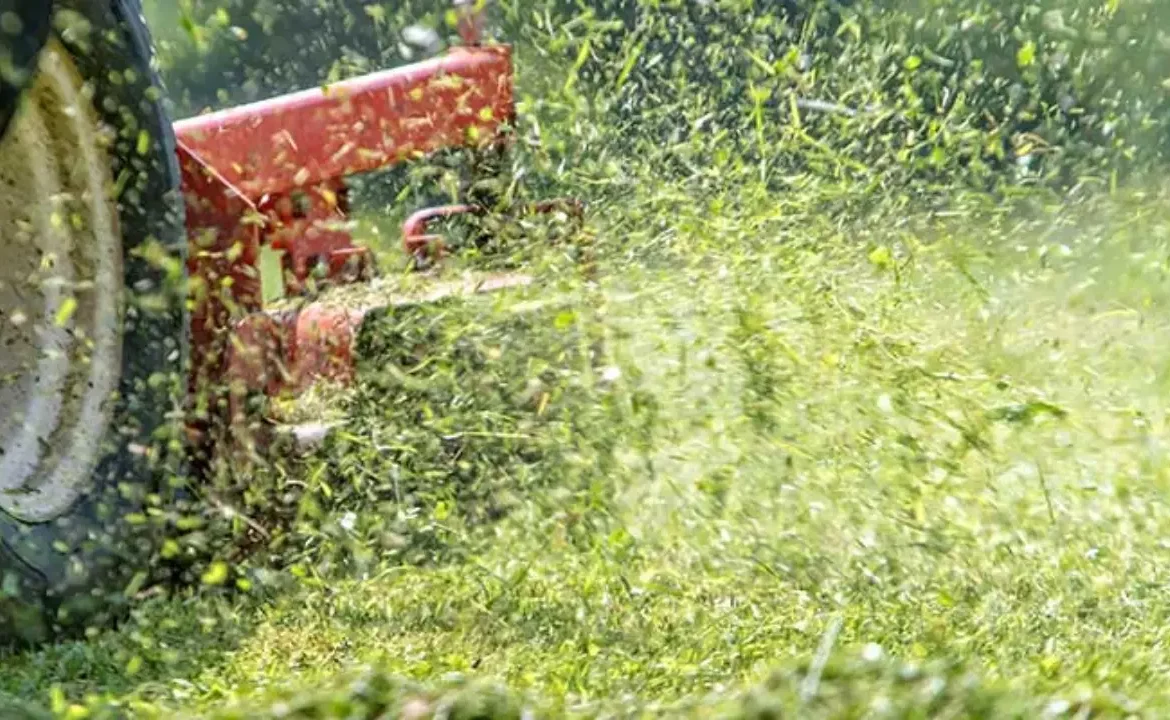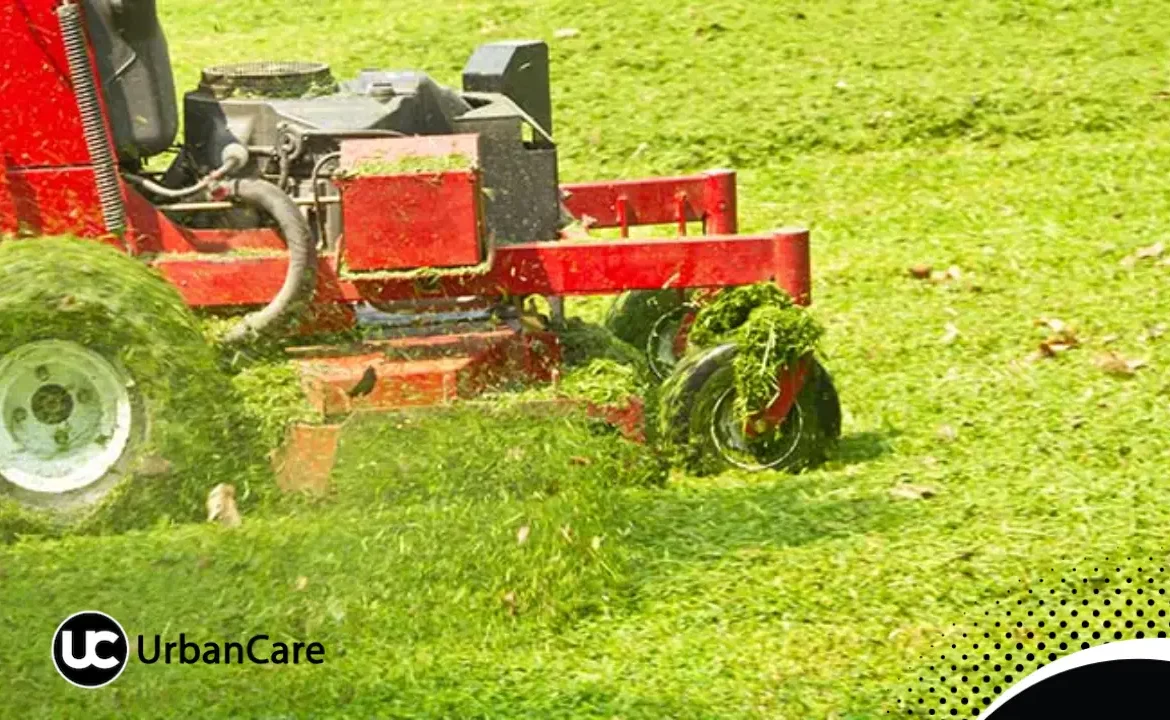When the rain subsides, the urge to mow the lawn can be strong. But is it safe to grab the mower and tackle the wet grass? Let’s explore the pros and cons of mowing your lawn when it’s wet.
Is Mowing Wet Grass Safe for Your Lawn?
Mowing wet grass comes with its own set of risks. The grass blades are more prone to tearing when wet, which can stress the lawn and leave it vulnerable to diseases. Additionally, wet grass can clog up your lawn mower, making the mowing process less efficient.

Risks of Mowing a Wet Lawn
1. Increased risk of grass clumping, leading to an uneven cut.
2. Wet grass clippings can form a thick layer on the lawn, blocking sunlight and air from reaching the soil.
3. Soil compaction due to the weight of the mower on wet ground.
4. Higher chance of slipping accidents, especially on sloped lawns.
5. Potential damage to the mower blades, requiring more frequent sharpening or replacement.
Benefits of Mowing Your Lawn When It’s Wet
1. Easier to mow through damp grass compared to letting it grow longer.
2. Less chance of dust and debris being kicked up into the air.
3. Can be more convenient for busy schedules, especially if rain delays your mowing plans.
4. Grass clippings can act as a natural mulch when left on the lawn, providing nutrients as they decompose.
Tips for Mowing Wet Grass Safely
1. Wait for the grass to dry as much as possible to reduce tearing.
2. Use a sharp mower blade to ensure a clean cut.
3. Adjust your mower height to leave the grass slightly longer, reducing stress.
4. Clean your mower deck regularly to prevent clumping.
5. Avoid mowing wet spots where the soil is soggy, as this can cause ruts and damage.
How Rain Affects Your Mowing Schedule
Rain can throw a wrench into your lawn care routine. Understanding how to adapt can help maintain a healthy lawn.
1. Delay mowing until the grass is dry to avoid potential damage.
2. Consider mowing in the early morning when the grass is dewy but not soaked.
3. Keep an eye on the weather forecast to plan your mowing days effectively.
Best Practices for Mowing After Rain
1. If you must mow wet grass, do so in the afternoon when the sun has had time to dry the surface slightly.
2. Avoid mowing wet grass if thunderstorms are forecasted, as this poses a safety risk.
3. Use a mulching mower to finely chop wet grass clippings, aiding in decomposition.
4. After mowing, clean the underside of your mower to prevent buildup.

Electric Mowers and Wet Lawn Concerns
Electric mowers are efficient and eco-friendly, but using them on wet grass requires extra caution.
1. Always ensure the mower is dry and free of moisture before use to prevent electric shock.
2. Consider a cordless electric mower for added safety, eliminating the risk of tripping over cords.
3. Store electric mowers in a dry area to prevent water damage and corrosion.
Let Wet Your Lawn Get Mowed At the Right Time!
While it might be tempting to tackle the lawn right after a rainstorm, mowing wet grass requires careful consideration. Understanding the risks and following best practices can help maintain a healthy lawn while avoiding potential damage. Assess the condition of your lawn, wait for the right moment, and mow with caution to keep your grass lush and thriving.
By keeping these tips in mind, you can make an informed decision about whether it’s best to mow your lawn when it’s wet or wait for drier conditions.

A Family Manager and an enthusiastic writer, I thrive in producing interesting content that connects with people who read it. Meenakshi is constantly eager to take on novel tasks, whether writing blog pieces or creating a healthy environment at home. She is ready to share useful insights and practical advice for keeping a clean and organised house.
